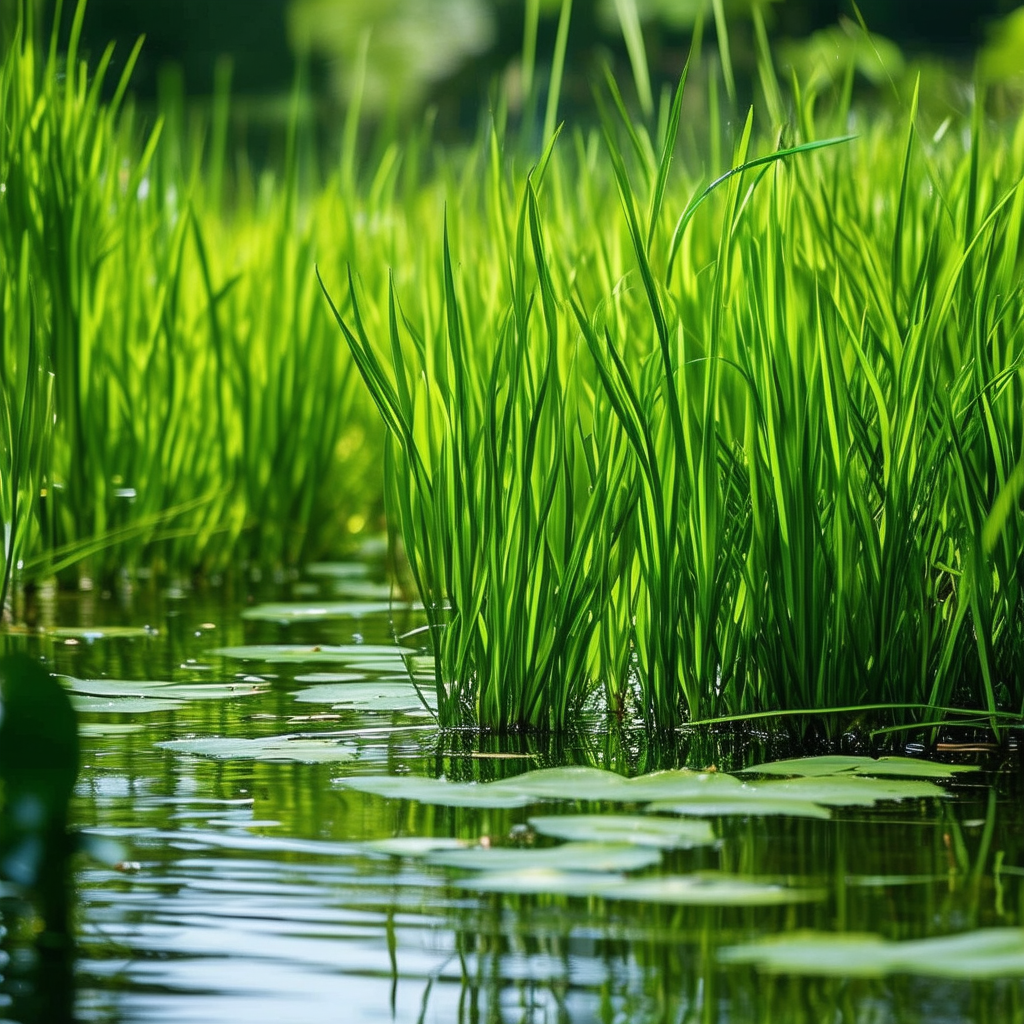
Discover the perfect timing to introduce Vallisneria to your pond and ensure thriving, lush aquatic greenery.
Understanding Vallisneria: The Aquatic Plant Powerhouse
Vallisneria, commonly known as eelgrass or tape grass, is a popular aquatic plant known for its long, ribbon-like leaves. It's a favorite among pond enthusiasts due to its hardiness and ability to thrive in various water conditions. Vallisneria provides numerous benefits to pond ecosystems, including oxygenation, habitat for aquatic life, and natural filtration of the water.
This aquatic plant is easy to care for and can grow in both freshwater ponds and aquariums. Understanding the basic characteristics and needs of Vallisneria will help you create an optimal environment for its growth and ensure that it thrives in your pond.
Ideal Pond Conditions for Vallisneria Growth
To achieve optimal growth for Vallisneria, it's crucial to maintain suitable pond conditions. Vallisneria prefers water temperatures between 68°F and 82°F (20°C to 28°C). Although it can tolerate a range of pH levels, a slightly alkaline pH of 6.5 to 8.0 is ideal.
Ensure that the pond receives adequate sunlight, as Vallisneria grows best in well-lit conditions. The plant can tolerate partial shade, but full sun encourages more robust growth. Additionally, Vallisneria thrives in nutrient-rich substrates, so consider adding fertilizers or using a substrate specifically designed for aquatic plants.
The Best Seasons to Plant Vallisneria
The optimal time to add Vallisneria to your pond is during the warmer months of spring and early summer. These seasons provide favorable temperatures and ample sunlight, which are essential for the initial establishment and growth of the plant.
Planting Vallisneria in spring or early summer also allows the plant to acclimate and establish a strong root system before the cooler temperatures of fall and winter set in. This ensures that the plant will be better able to survive and thrive through seasonal changes.
Step-by-Step Guide to Introducing Vallisneria to Your Pond
1. Choose Healthy Plants: Select vibrant, green Vallisneria plants with strong roots from a reputable supplier.
2. Prepare the Substrate: Ensure the pond substrate is nutrient-rich. You can add aquatic plant fertilizers or use a specialized substrate.
3. Planting: Gently insert the roots of the Vallisneria into the substrate, spacing the plants about 4 to 6 inches apart to allow for growth.
4. Water Conditions: Maintain appropriate water temperatures (68°F to 82°F) and pH levels (6.5 to 8.0). Ensure the pond receives adequate sunlight.
5. Monitor and Adjust: Regularly check the water conditions and health of the plants. Make adjustments as necessary to ensure continued growth and vitality.
Maintaining Healthy Vallisneria: Tips and Tricks
To keep your Vallisneria healthy, regularly trim any dead or decaying leaves to prevent them from decomposing in the water. This will help maintain water quality and encourage new growth.
Ensure that the pond remains free from excessive algae, as it can compete with Vallisneria for nutrients. Introducing algae-eating fish or using pond treatments can help manage algae levels.
Regularly test the water parameters and make adjustments to the pH, temperature, and nutrient levels as needed. Consistent monitoring will help you catch any potential issues early and maintain a thriving aquatic environment.


.jpg?width=352&name=Red%20Ramshorn%20Snail%20ss%20(1).jpg)

Leave a Comment